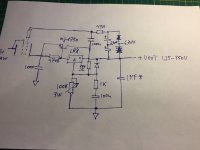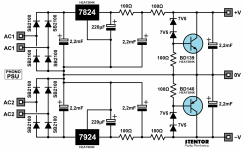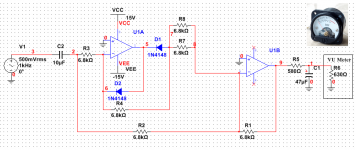Using the new 2012 Shigaclone to create a killer high end transport
- By tonyptony
- Digital Source
- 189 Replies
Now that payments are being made and production is starting for the 2012 Shigaclone
http://www.diyaudio.com/forums/digi...affordable-cd-transport-shigaclone-story.html
I thought we should start a new thread with recommendations for how to turn this latest version into a giant killer of a transport. First of course, great thanks needs to go out to our friends in Poland, Peter Daniel, Tvicol, Jazz35, and anyone else I forgot to mention. None of this would have been possible without this team's collective work.
With Tibi's okay it seemed like a new thread would be a good place to start this phase of discussion for the 2012 Shiga. My proposal is that we work on creating a transport that can go up against the likes of the ML 31.5, CEC TL0, Linn CD12, Wadias etc. I know there is no one "best transport in the world", just as there is no single best of anything in high end audio, but the plan is to try and get to a level where a tweaked Shiga can stand on its own against the most highly regarded transports of the past and present.
I’m not suggesting the new Shiga won’t sound good at the start – I suspect it will sound pretty darn good. The hope is to take it to the best it can be.
I further propose the following as a baseline definition:
http://www.diyaudio.com/forums/digi...affordable-cd-transport-shigaclone-story.html
I thought we should start a new thread with recommendations for how to turn this latest version into a giant killer of a transport. First of course, great thanks needs to go out to our friends in Poland, Peter Daniel, Tvicol, Jazz35, and anyone else I forgot to mention. None of this would have been possible without this team's collective work.
With Tibi's okay it seemed like a new thread would be a good place to start this phase of discussion for the 2012 Shiga. My proposal is that we work on creating a transport that can go up against the likes of the ML 31.5, CEC TL0, Linn CD12, Wadias etc. I know there is no one "best transport in the world", just as there is no single best of anything in high end audio, but the plan is to try and get to a level where a tweaked Shiga can stand on its own against the most highly regarded transports of the past and present.
I’m not suggesting the new Shiga won’t sound good at the start – I suspect it will sound pretty darn good. The hope is to take it to the best it can be.
I further propose the following as a baseline definition:
- Use the 2012 Shiga design currently in production as the starting point
- Post (or link) the latest production schematics, BOM, PCB drawings etc
- Use this thread to identify from the original Shiga thread(s), and any others, the key posts made to date which discuss advancing the design. I know this sounds vague, but rather than everyone searching through 600+ pages of one thread, plus any other related threads, I'm hoping those who were part of some of those original tweak discussions can provide links here so we can have one place where this information has been filtered.
- Power supplies (parts swap, or going further like considering a Bobken)
- Clocks (although Peter has some interesting things to say about this)
- Output stage
- Specific component changes
- Chassis and mounting options
- Ferrites and shielding
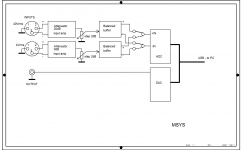
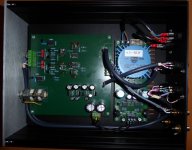
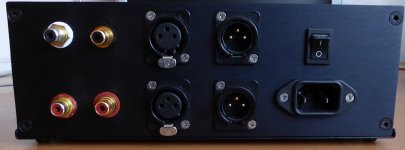
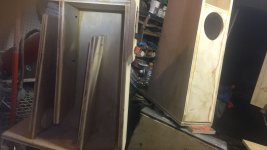
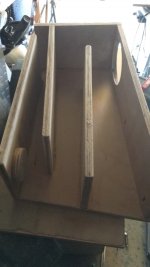
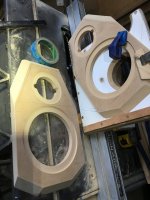
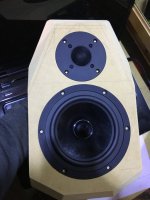
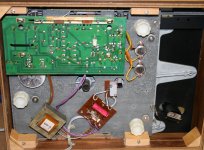

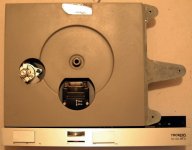
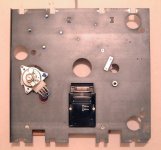
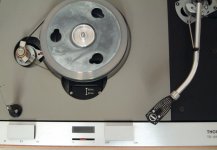
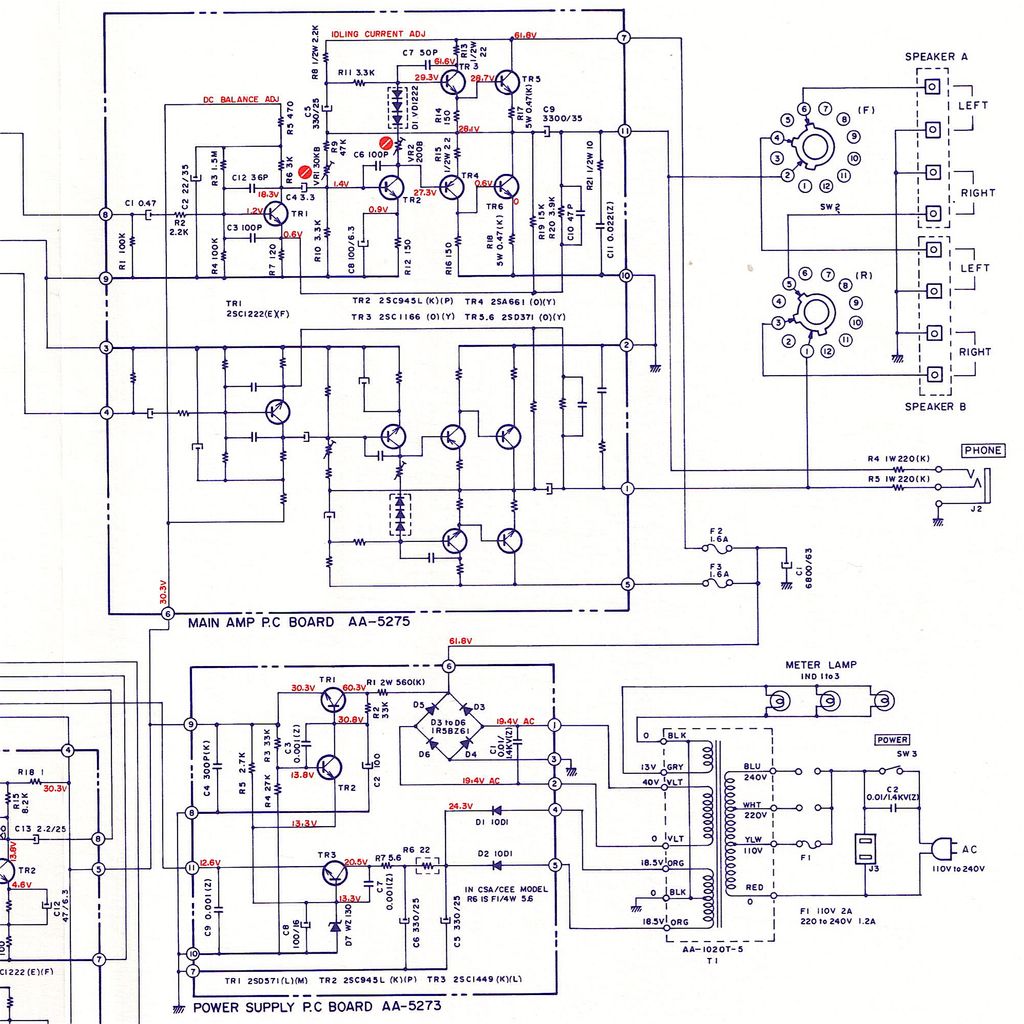
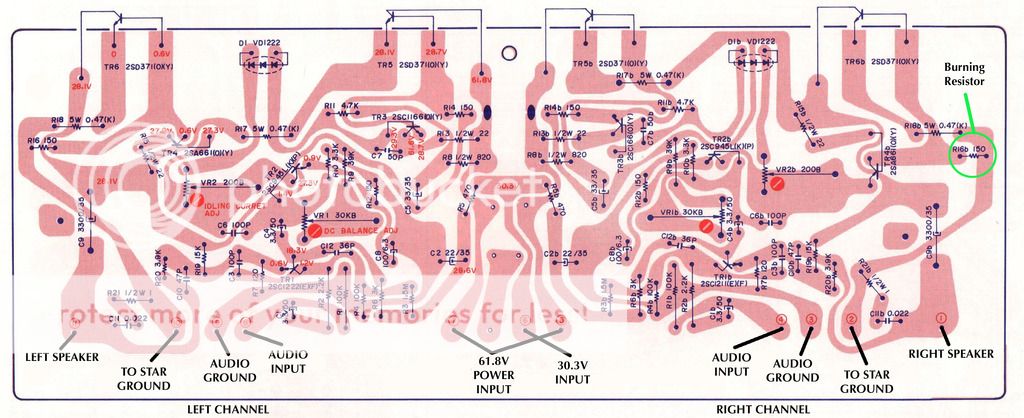
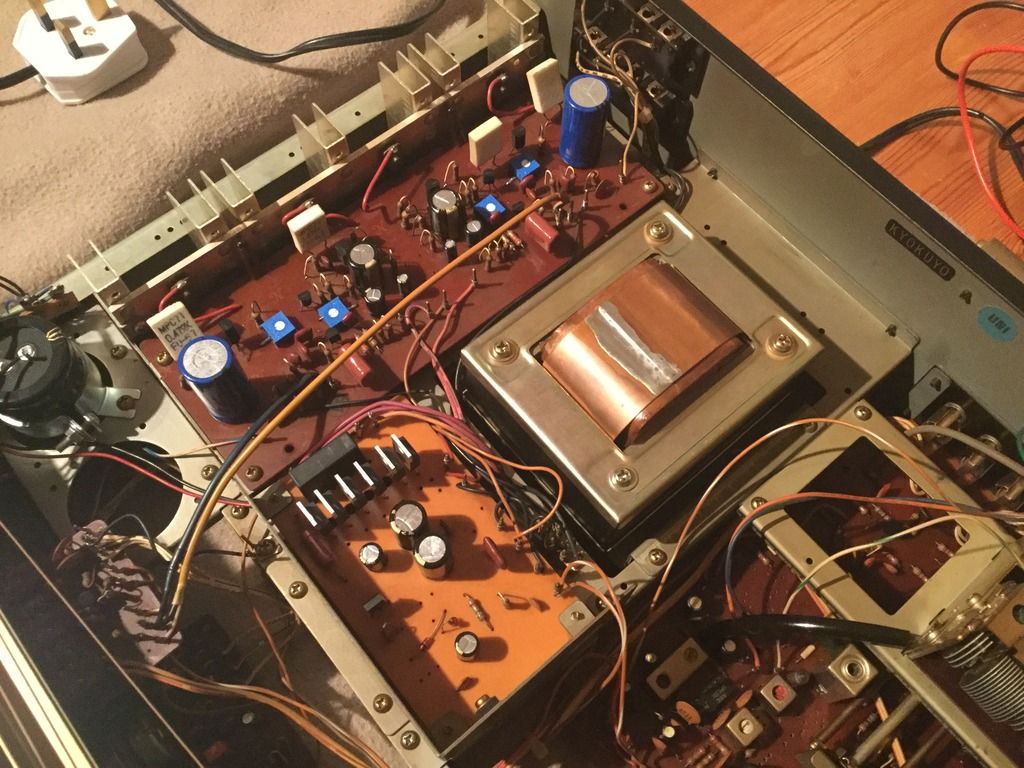
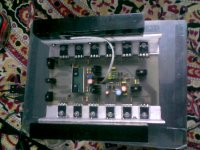
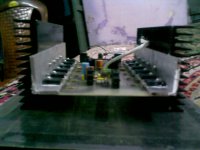
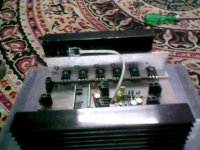
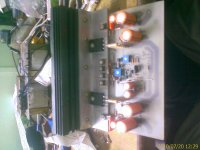

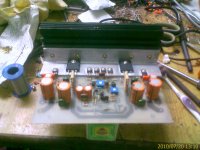
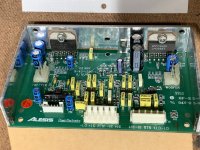
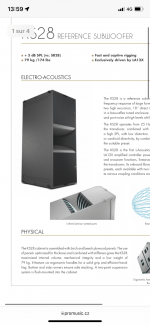
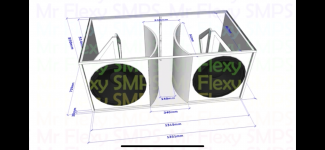
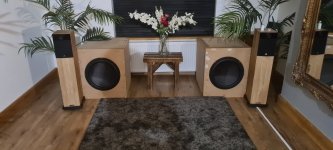
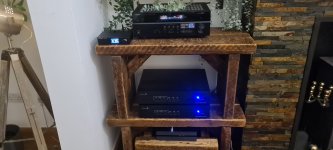
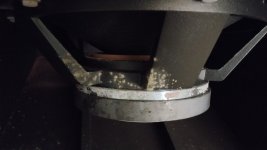
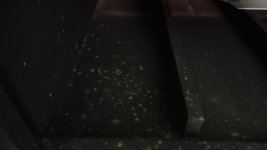


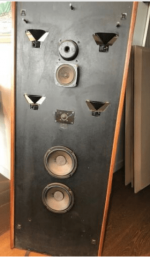
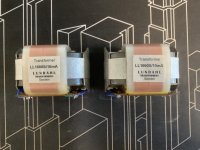
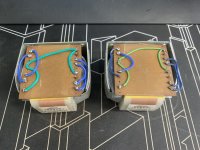
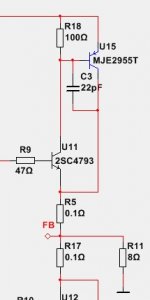
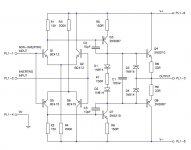
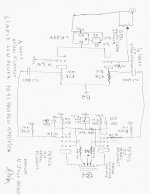
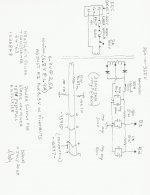
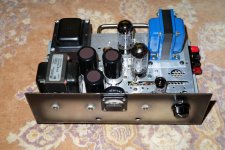
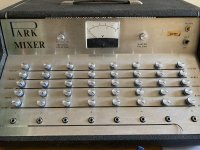
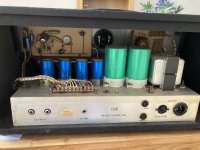
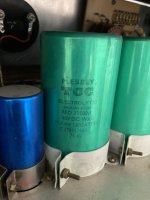
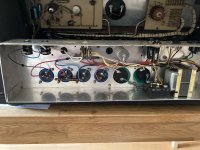
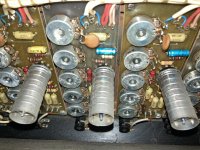
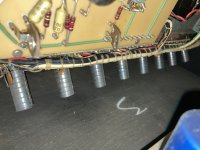
.png)

